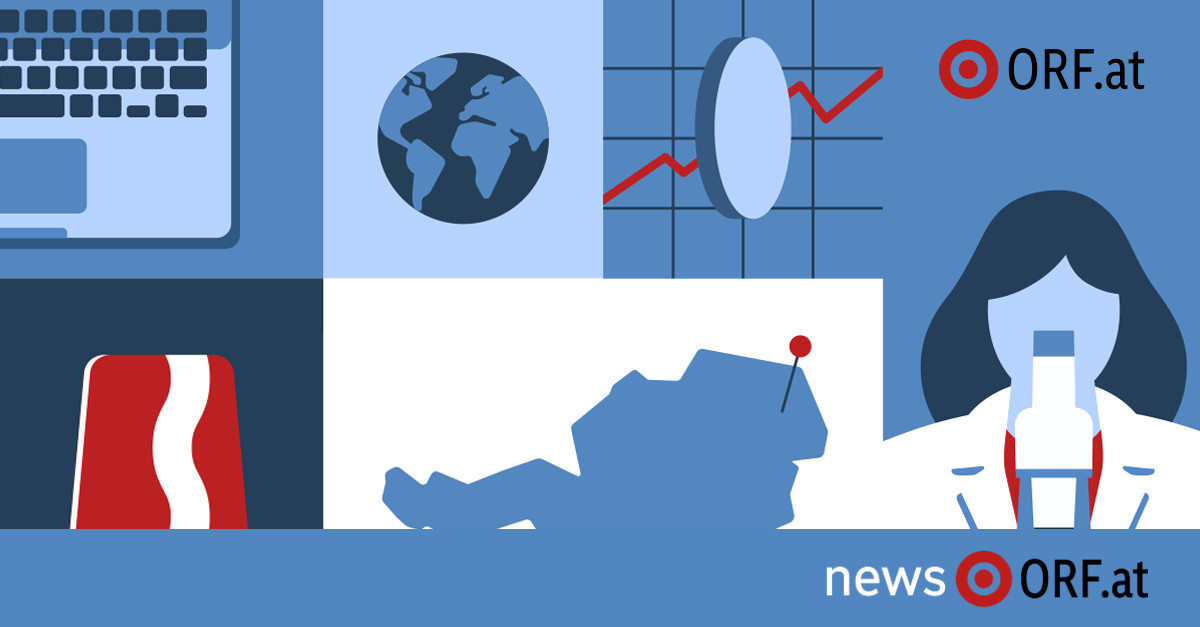Brooklyn is dark on Monday, except for the street lights, when Carla Brown’s alarm clock rings at a quarter past five in the morning, earlier than usual. But with the coronavirus lurking in New York, it’s not an ordinary day.
Brown runs a food delivery program for the elderly amid a pandemic that has raged on his troubled city. For two weeks he has been working 14 hours a day, taking care of the routes of sick drivers or those who do not show up. Today you have to find a way to make more than 100 deliveries.
He puts on his jeans, grabs his mask, and heads to the Grand Army Plaza subway station, sporting a T-shirt with the name of Muhammad Ali on the front.
“He is one of my idols,” he explains. “And I feel like I’m ready for a fight today.”
Do you have any other alternative?
“It is scary to think that you are going to work and it is possible that you will get it. No one knows what happens, we do not know our enemy ”.
Before the pandemic began, America’s largest and bustling city lived up to its fame. The coronavirus paralyzed her, causing deaths from the Bronx to the Battery area and beyond. Now the only thing that breaks the silence, both at midnight and at noon, are the sirens of the ambulances. The streets that were said to be covered in gold are littered with disposable gloves.
In the next 24 hours, a taxi driver will travel desolate streets, looking for the few workers who continue to carry out their tasks. A winery owner will make a promise that he hopes he doesn’t have to keep. An emergency room doctor and a paramedic will strive to reduce the death toll.
For them and another 8.5 million New Yorkers, this will not be a normal Monday. Because long before the sun came up, the clock was already counting the minutes of the round in the battle for New York.
___
At three in the morning, after 18 hours of work, Jesús Pujols is overwhelmed by the number of bodies.
He sleeps from time to time behind the wheel of his truck between endless trips to collect bodies in homes and hospital morgues. “We practically live in our trucks,” says Pujols, who works for several funeral homes, most of them in Brooklyn.
Around two in the morning – lack of sleep makes it difficult to know what time he lives – Pujols strikes up an argument with an individual who stopped his car in the middle of the street to observe him as he was removing a body from a house. To Pujols, 23, it seemed a huge lack of respect for the deceased and his family.
“Today, money is worth nothing. I would quit my job if I got a normal one. I would prefer to be quarantined right now, “he said.
Pujols finally goes to bed at half past four. You will wake up in a few hours to fulfill a promise: You must pick up the corpse of a relative of a friend.
The city, meanwhile, begins to stir.
When Dr. Joseph Habboushe wakes up in his Greenwich Village apartment at a quarter past six, he realizes that the adrenaline rush he’s been feeling every morning for the past month has begun to fade. Until now I felt that everything I was living seemed like a nightmare. Now he realizes that it is real.
While shaving well close to make sure his mask fits well, this emergency room doctor thinks the outbreak looks like war and that healthcare workers are on the front lines.
“It is scary to think that you are going to work and it is possible that you will get it. No one knows what happens, we do not know our enemy, “he said.
The battle is fought on several fronts. At Van Cortland Park in the Bronx, a team from the Army Corps of Engineers erects a 200-bed temporary hospital on a soccer field. Nurses protest outside Harlem Hospital, criticizing respirator rationing.
And Carla Brown, the warrior for gray-haired New Yorkers, gets on train number 4.
When the subway reaches Wall Street in Manhattan, dozens of people get on it. The Metropolitan Transportation Authority tells people to stay home. But in a city that is considered essential, these are the few that are classified as essential, that must continue working.
Train service has been reduced and people must pile up. Social distancing is impossible.
“It was crazy,” said Brown. “We looked at each other, as if saying this is absurd.”
– .


